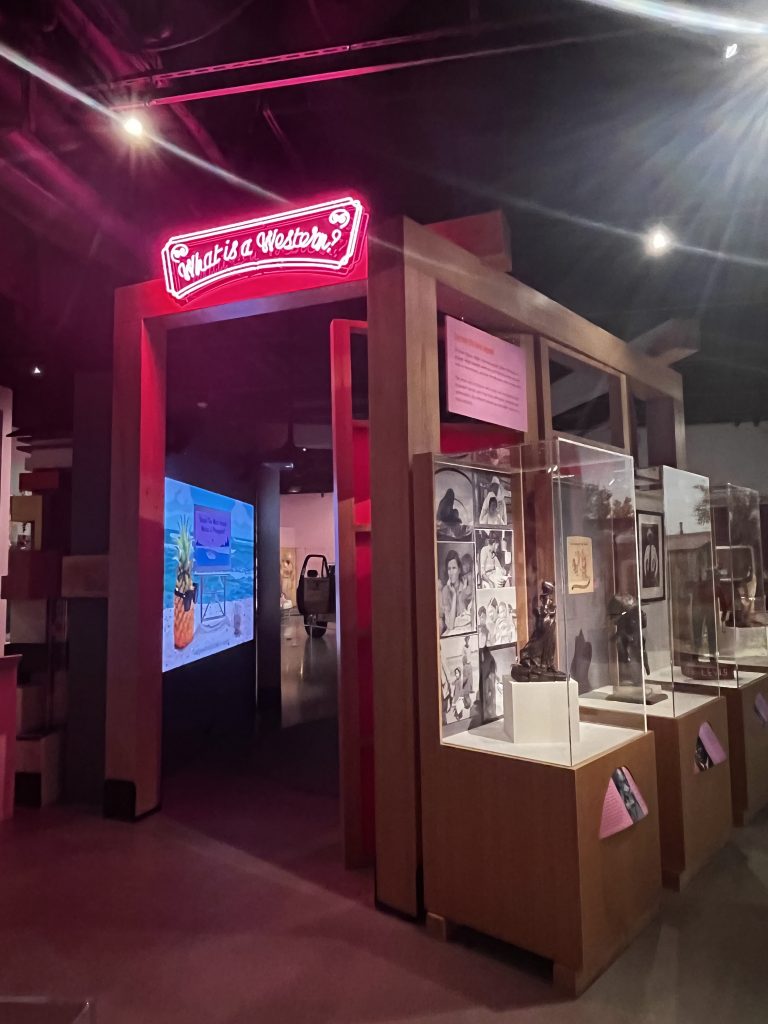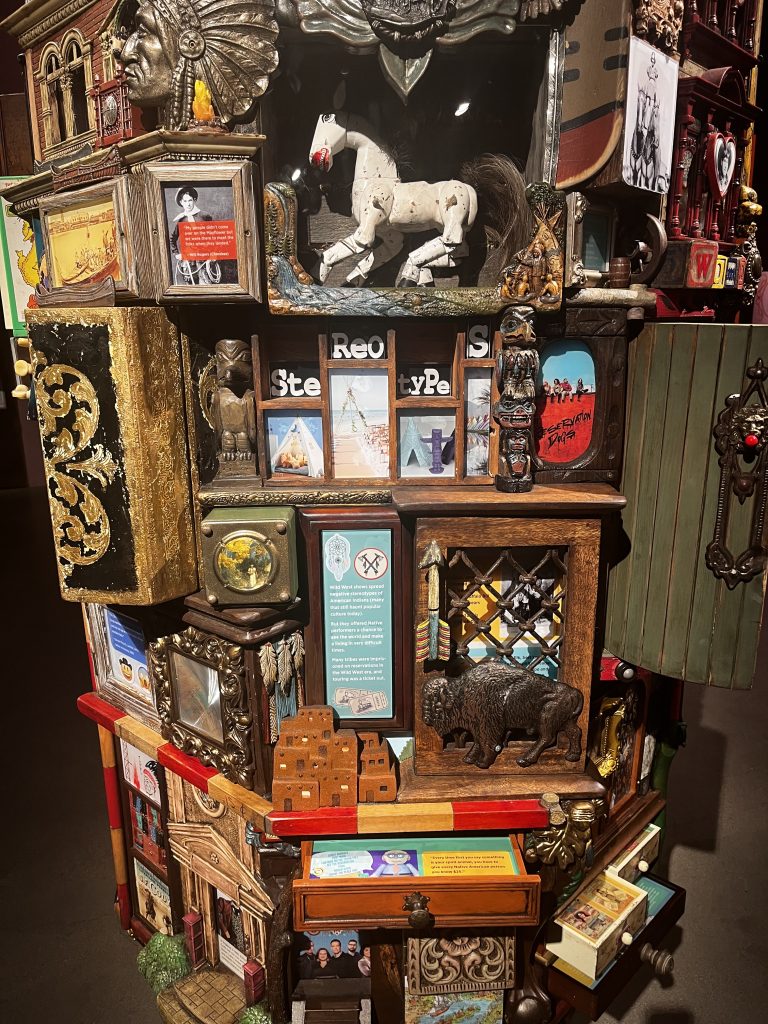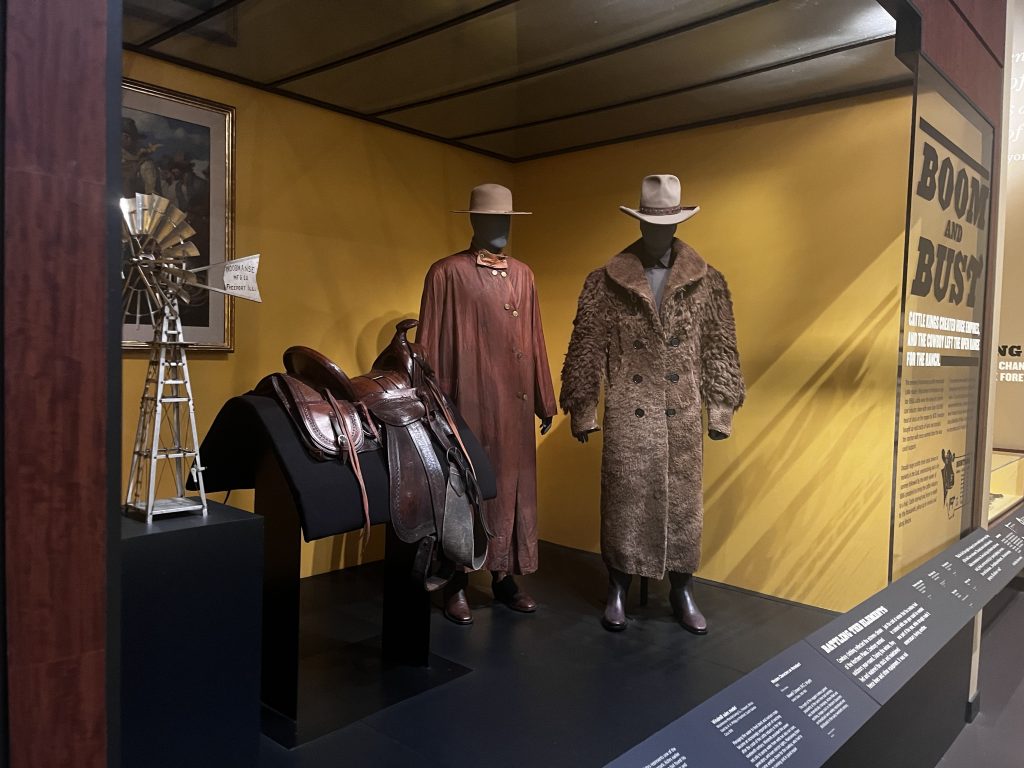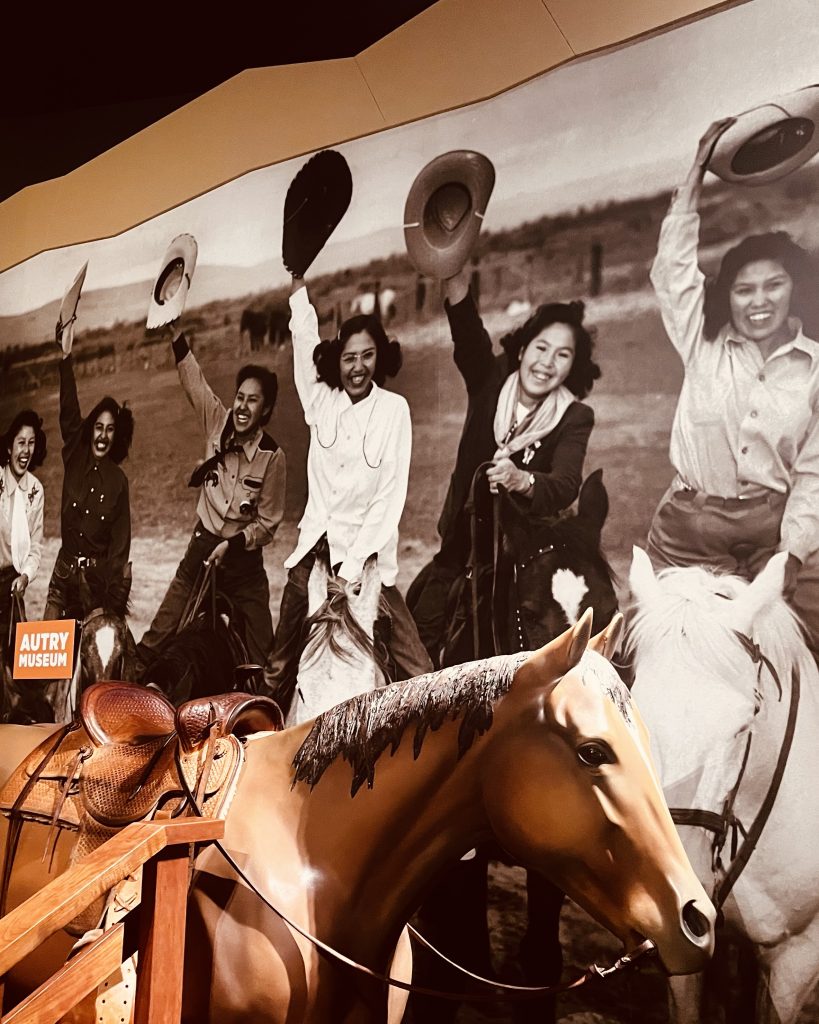
The patriarch might tell you, especially if you’re a woman, that you have to make a decision, that you have to fully commit to one career, one job. He is, after all, a wonderful, wise, experienced individual who has achieved a great deal in his life, and he deserves respect and a certain kind of admiration. He chose to go all-in with his one career, his one family with kids, and dogs, and houses, his one golf club membership, and perhaps the occasional mistress. So one thing.
However, don’t let him dictate your choices. First of all, your energy levels might differ, especially when you’re pursuing something you’re truly passionate about. And secondly, your life might not involve a full-time family, perhaps a part-time lover, and a time-consuming golf club membership, not to mention a yacht club subscription.
For you, it’s about art and cattle.
He may insist it won’t work, but remember, it’s your life, your personality, your energy level, and your decisions.
When it comes to Western art, there’s no doubt that it’s a singular pursuit, and that’s what I want to discuss today. In the first place.
In the American countryside, there are numerous artists who focus on the themes of cowboy work and ranch life. This is an integral part of the United States, particularly in states like Wyoming, often referred to as the „cowboy state,“ where traditional ranches and ranch work thrive. Other states may share a similar story.
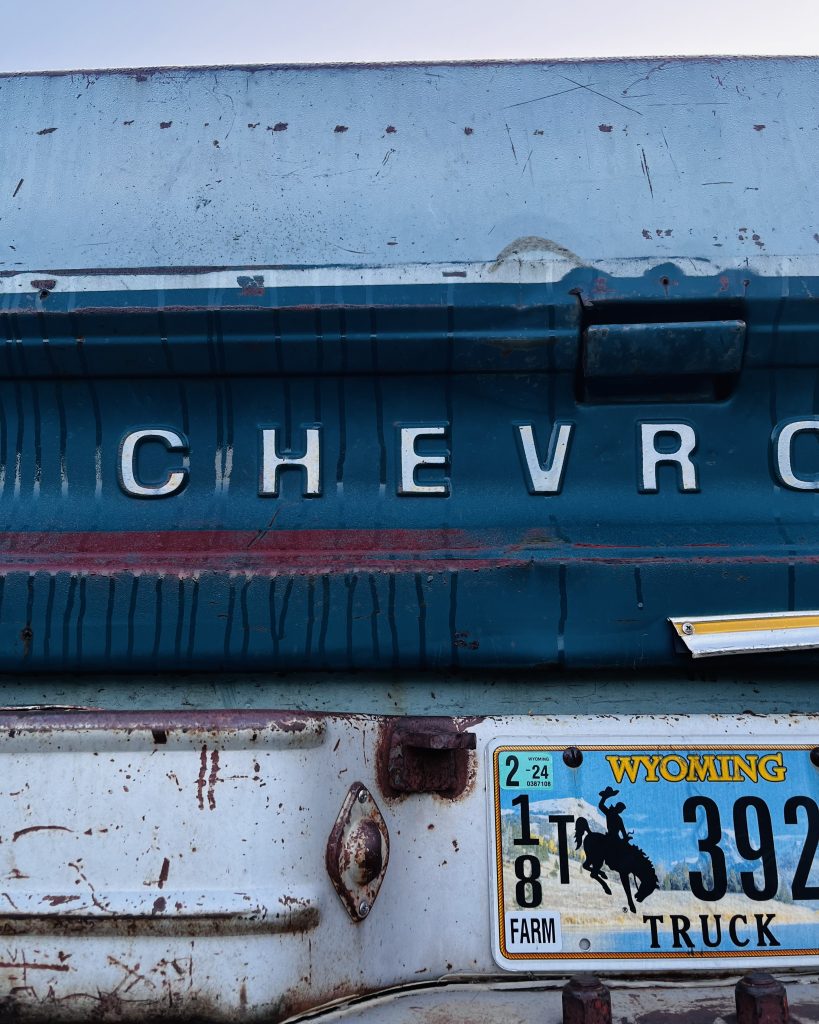
In Los Angeles, you can explore the Autry Museum of the American West, where you’ll find a wealth of history and information about cowboys.
I loved slogans presented in a video there:
„Indian is not a costume, and Cherokee is not a car.“
The content of the Autry was highly entertaining, fresh, informative, and carried a powerful message. A museum may not be Disneyland, but visiting one in the United States is often a unique experience compared to Europe. I love that. I’m that type, always was, always will be.

The cowboy theme also appeals to Europeans. Did you watch „Fury“ during your childhood? Do you remember whether you were the cowboy or the Indian during costume parties at kindergarten or school?
What makes it even more appealing is the fact that the life of a cowboy is rugged and demanding.
At the Autry Museum, you’ll discover that cowboys came from diverse cultural backgrounds, as evidenced by photographs of cowboys in Denver from the early 20th century, around 1905. After leaving the museum, you’ll understand that it all began with the cattle that Spanish settlers brought to New Mexico in the early 17th century.
Because the cattle thrived in the North American environment, ranching began to flourish across the United States.
In California, the Gold Rush brought an influx of people seeking their fortune, leading to a significant demand for meat.
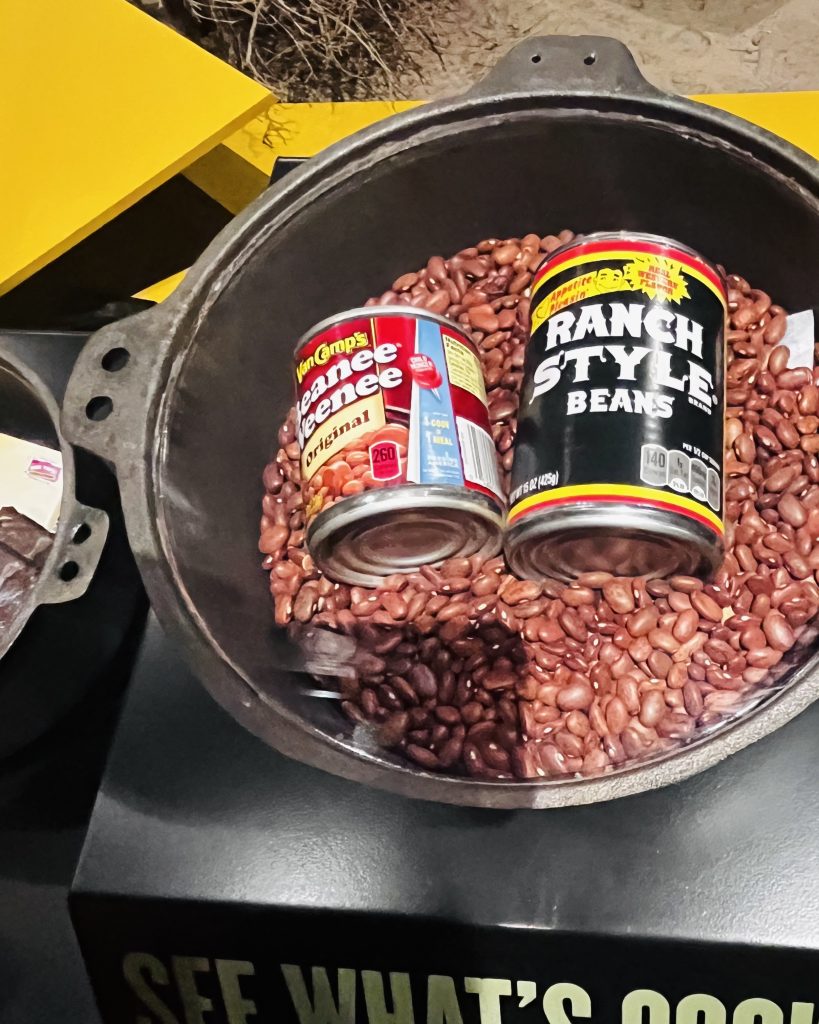
However, the ranching system in California collapsed around 1860. In Texas, ranching experienced immense growth in the 1870s but eventually faced challenges as well.
In the 20th century, U.S. ranchers adopted a new approach that remains successful to this day. They fenced their land, bred and raised their own cattle, and started growing feed crops, hay, and alfalfa alongside their livestock. These ranchers were either cowboys themselves or employed them. The image of the solitary rider was complemented by teamwork, including roping, branding, and fixing fences. They were at home outdoors, in all weather conditions, had a knack for handling horses, riding, and a trained eye for livestock.
Living the American dream, embodying American clichés that are not clichés at all. They still do move cattle with horses, fix fences, do the branding, castration, ear tagging, shipping to the South, on ranches so large that it takes you three days to circumnavigate them.
Can you imagine having a painting of a cowboy on his horse next to your de Kooning, Rothko, or Richter? It’s undeniably American, so, why not?
Have you discussed taking horseback riding lessons on the golf course?
A cowboy can also find a place on the wall of your office. They represent determination, unwavering commitment, and a relentless pursuit of their life’s goal.
Perhaps you could gift such a painting to your mistress. She may love it, identify with you even more, and see you as a true hero. Or perhaps she’ll simply say „Thank you,“ give you one last kiss, take the cowboy (from the wall), and leave the patriarch behind.
Kunst and Cattle can be one and the same or two different things. You decide.
Photos: taken at the Autry Museum of the American West. Griffith Park. 4700 Western Heritage Way. Los Angeles. CA 90027 – and private.

